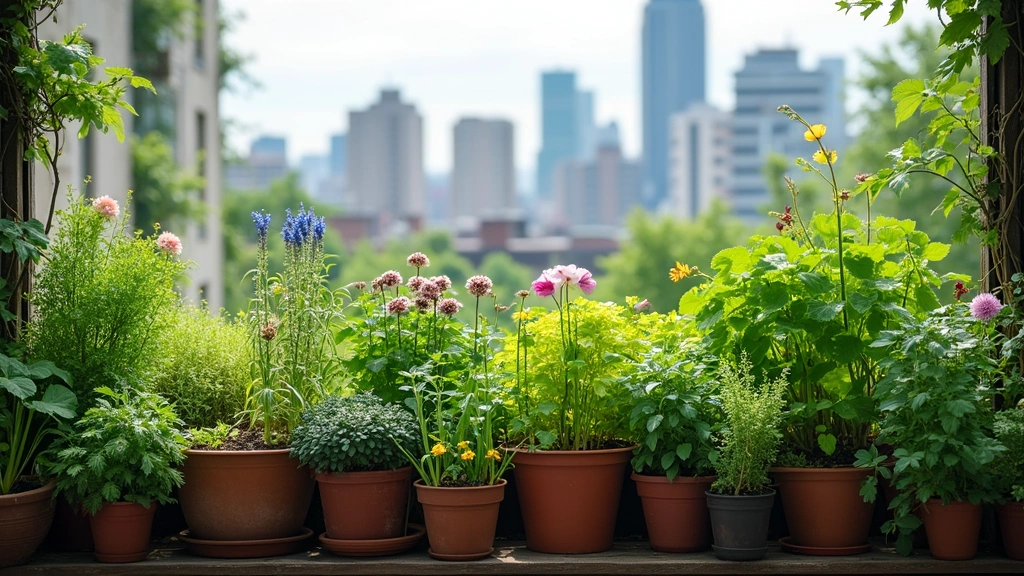Living in the city doesn’t mean you have to miss out on the joys of gardening. Urban gardening is all about maximizing small spaces, whether it’s a balcony, rooftop, or even a windowsill.
With a little creativity and the right tips, you can transform any tiny area into a flourishing green sanctuary. Cultivating plants in small spaces isn’t just about aesthetics; it’s a way to reconnect with nature, grow your own food, and add a fresh twist to your lifestyle. Let’s dig into these 12 fantastic tips that will help you become a true green thumb, even in the heart of the urban jungle!
1. Choose the Right Plants

Not all plants thrive in small spaces. When picking plants for your urban garden, go for compact varieties that do well in limited light and space.
Consider herbs like basil, mint, and parsley, which not only smell great but are also perfect for cooking. Succulents and small flowering plants can add pops of color without taking up too much room.
Look for local plant nurseries that specialize in urban gardening to find unique varieties suited for your conditions. Select plants that are known for their hardiness and low maintenance, perfect for the busy city dweller. This way, you can enjoy a beautiful garden without spending all your time caring for it!
Consider vertical varieties that can climb, such as peas or pole beans, to maximize your garden height. This allows you to use every inch of your space efficiently.
2. Use Vertical Gardening Techniques
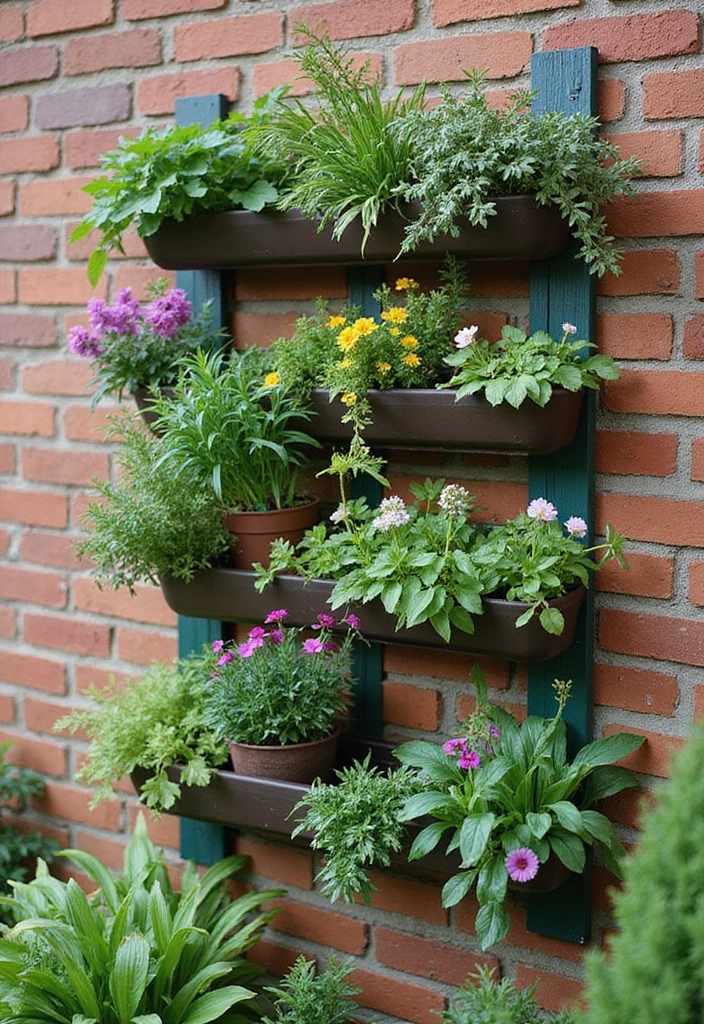
When space is at a premium, think vertically! Vertical gardening allows you to utilize walls, fences, and even railings to grow plants upwards.
You can use wall planters, tiered plant stands, or hanging baskets to create a lush, green wall.
Try a vertical garden system that uses pockets or containers attached to a wall. Not only does it save space, but it creates a stunning visual impact. This method is great for herbs, flowers, and even strawberries!
Consider using recycled materials like wooden pallets or old shoe organizers for a charming, rustic look. These DIY projects can be fun and show off your personality in your small garden.
Thinking vertically can turn any small space into a lush paradise! Embrace vertical gardening and watch your urban oasis flourish, all while saving precious ground space.
3. Container Gardening
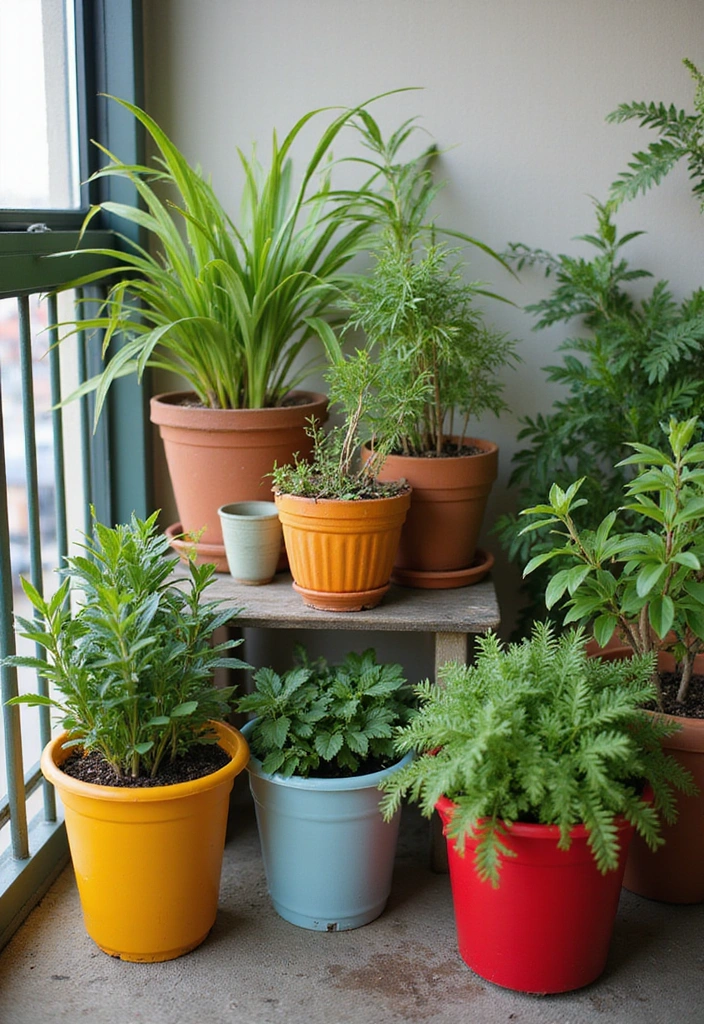
Container gardening is an ideal solution for urban settings where traditional gardening isn’t possible. With a variety of containers available, you can create a mini-garden filled with your favorite plants.
From ceramic pots to repurposed buckets, the options are endless. Tip: Ensure your containers have drainage holes to prevent water from sitting at the bottom, which can harm plant roots.
Choose containers that are appropriately sized for the plants you select. For instance, tomatoes need larger pots to develop strong root systems, while herbs can thrive in smaller pots.
Mix and match sizes and shapes for an eclectic look. Experimenting with colors can also add a vibrant touch to your urban retreat.
4. Maximize Sunlight Exposure

Sunlight is vital for plant growth, so finding the best spot for your urban garden is crucial. Observe your space throughout the day to see where the sun hits the hardest.
If your balcony or garden space is shaded, consider positioning reflective surfaces like mirrors or white walls to bounce light onto your plants. You can also opt for plants that thrive in partial shade, such as ferns or hostas.
If you have options, choose a south-facing area, as it will receive the most sunlight during the day. Remember, some plants need at least 6-8 hours of sunlight daily! Use tools like sundials or simple apps to track sunlight exposure in your space effectively.
Maximize your garden’s potential by following the sun! A little reflection can transform a shaded spot into a thriving oasis for your plants. Remember, in urban gardening, every ray counts!
5. Water Wisely
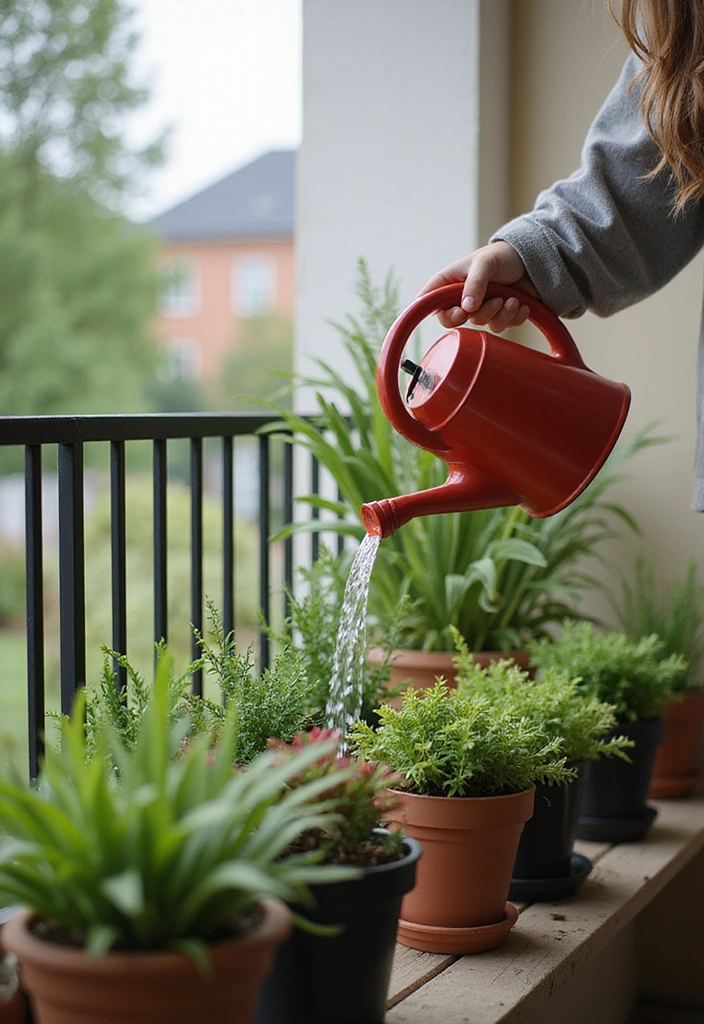
Watering can be a tricky part of urban gardening, especially in small spaces where drainage issues can arise. Overwatering is a common mistake, so it’s essential to understand the watering needs of each plant.
Use self-watering containers to help regulate moisture levels. Alternatively, check the soil moisture by sticking your finger in the soil. If it feels dry up to your first knuckle, it’s time to water. Consider setting a schedule that matches your plants’ needs, and always water early in the morning or late in the afternoon to minimize evaporation.
Using a drip irrigation system can also help maintain consistent moisture while saving water.
6. Fertilize Smartly
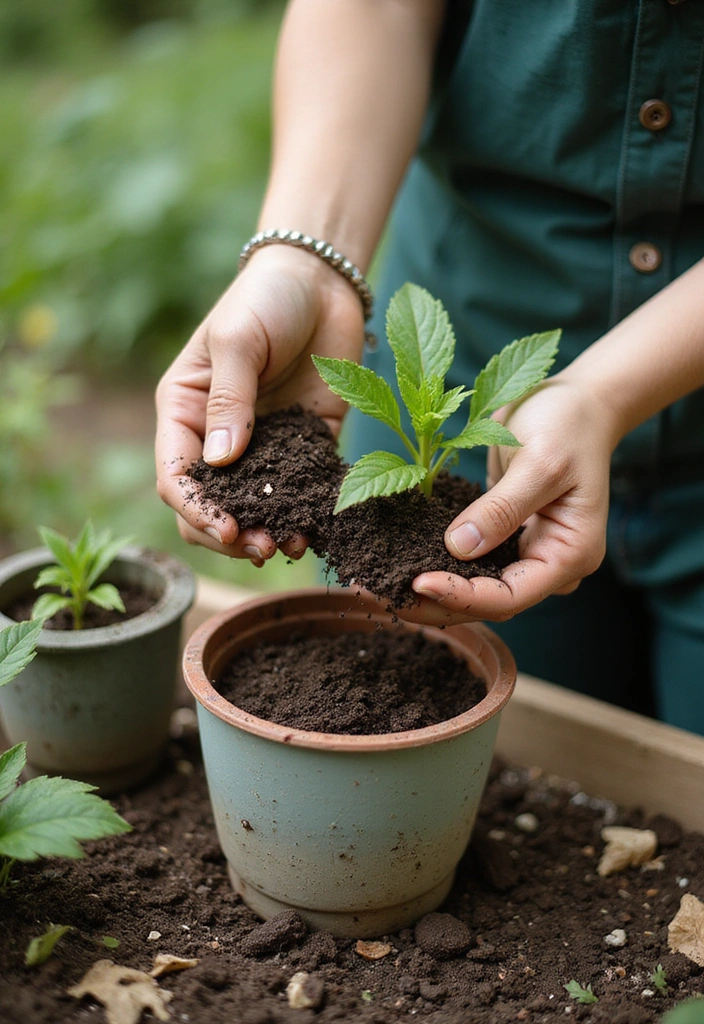
In small spaces, the right nutrients are vital for your plants to thrive. Container plants deplete soil nutrients quickly, so regular fertilizing is a must.
Consider organic fertilizers like compost, worm castings, or even kitchen scraps to enrich your soil naturally. Tip: Look for slow-release fertilizers that provide a steady nutrient supply without the hassle of frequent applications. Liquid fertilizers can also be effective, especially when diluted with water and applied during routine watering sessions. Pay attention to the specific nutrient needs of different plants, as some may require more nitrogen or phosphorus than others.
7. Create a Microclimate

Every small space can benefit from the unique qualities of a microclimate. A microclimate is a small area where the environmental conditions are different from the surroundings.
For instance, a wall may retain heat and protect plants from wind, creating a warmer spot for sun-loving plants. Tip: Group plants that thrive together to create beneficial ecosystems. For instance, a taller plant can provide shade for a smaller one that prefers cooler conditions. Also, consider using mulch to retain moisture and regulate soil temperature. In winter, you can cover sensitive plants with frost cloth to protect them from cold spells.
8. Rotate Your Crops

Crop rotation isn’t just for large gardens; it applies to the small spaces too! Switching the positions of your plants can help maintain soil nutrients and reduce pests.
Keep a simple journal to track which plants are planted where each season. This strategy prevents pests that target specific plants from taking hold and encourages biodiversity. For example, if you planted tomatoes in one container last year, swap them with herbs or flowers to keep things fresh. It’s a simple yet effective way to keep your urban garden healthy and productive.
Rotate your crops like a pro! Switching up your plants not only keeps your space vibrant but also boosts soil health and keeps pests at bay. A little planning goes a long way in urban gardening!
9. Choose Companion Plants
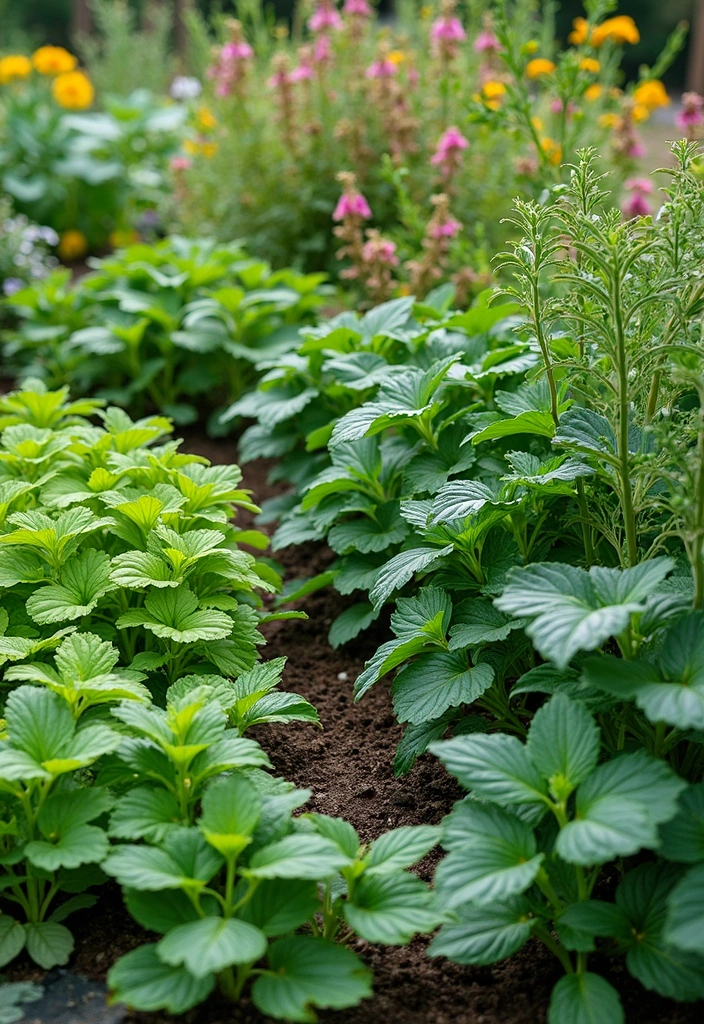
Companion planting is a fun and strategic way to optimize your small garden. Certain plants can benefit each other when grown together, helping to repel pests or improve growth.
Try pairing basil with tomatoes, as basil can deter tomato hornworms and enhance flavor. Marigolds are excellent companions for almost any plant, as they ward off various pests. Take the time to research compatible plant pairs to create a healthier environment. Companion gardening is an artistic way to boost productivity while keeping your garden thriving!
10. Keep It Organized

In a small space, organization is key to maintaining a thriving garden. Use labels for your pots to identify plants easily, and consider keeping a gardening journal to track your progress and changes.
Invest in storage solutions for your gardening tools, such as a wall-mounted organizer or a repurposed caddy. This keeps everything tidy and easily accessible when you need it. Frequent pruning and deadheading will also keep plants healthy and looking their best. An organized space makes gardening more enjoyable and less overwhelming, especially in tight quarters.
An organized garden is a happy garden! Label your pots and keep tools tidy—your green thumb will thank you as you watch your plants thrive.
11. Embrace Seasonal Planting
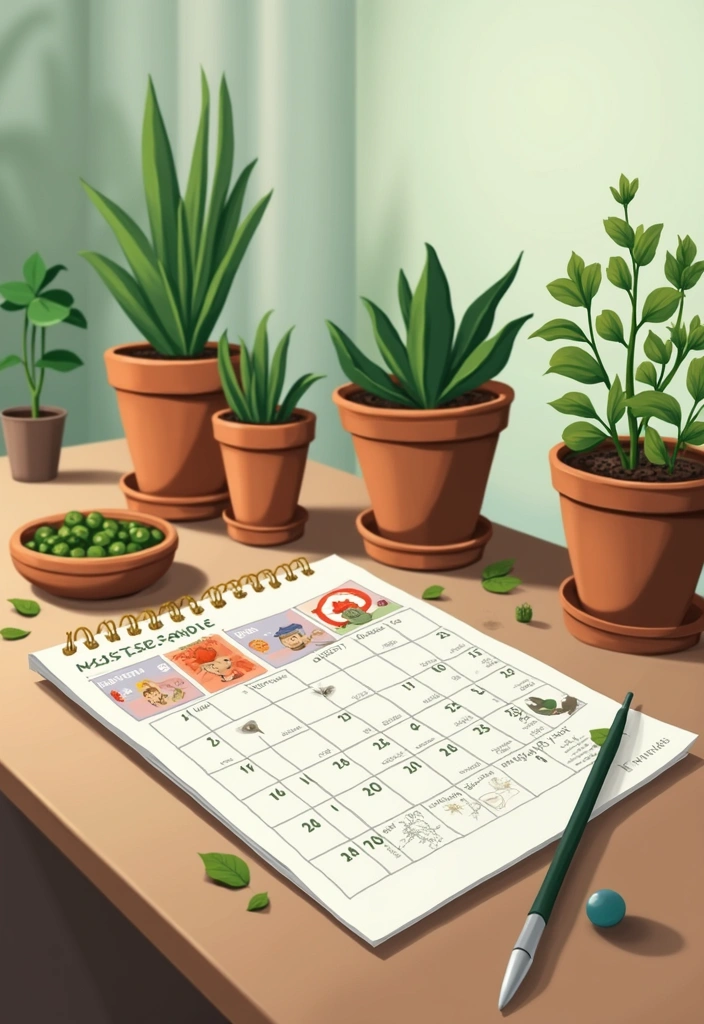
Take advantage of seasonal planting to keep your urban garden flourishing all year round. Understand the best times to plant various species and plan your garden accordingly.
Research local growing seasons and select varieties that are suited to your climate. Try to maintain a rotation of flowers and veggies throughout the year, allowing some plants to thrive while others take a break. This approach not only maximizes productivity but keeps your garden looking dynamic and fresh with changing colors and textures.
12. Join a Gardening Community
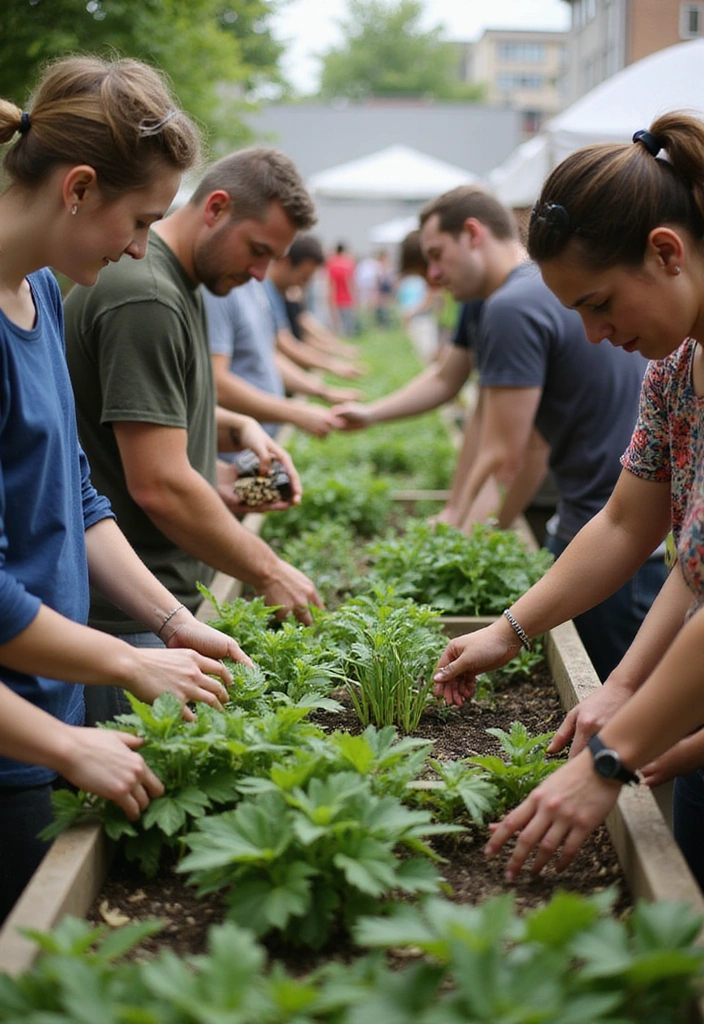
Finally, don’t underestimate the power of connection! Joining a local gardening community can provide you with the inspiration, resources, and support you need to thrive.
Attend urban garden meetups, participate in workshops, or engage with online gardening forums. Tip: Sharing your urban gardening experiences can lead to invaluable tips from seasoned gardeners facing similar space limitations. Be open to swapping seedlings or cuttings; it’s a great way to diversify your garden without spending a fortune.
Conclusion
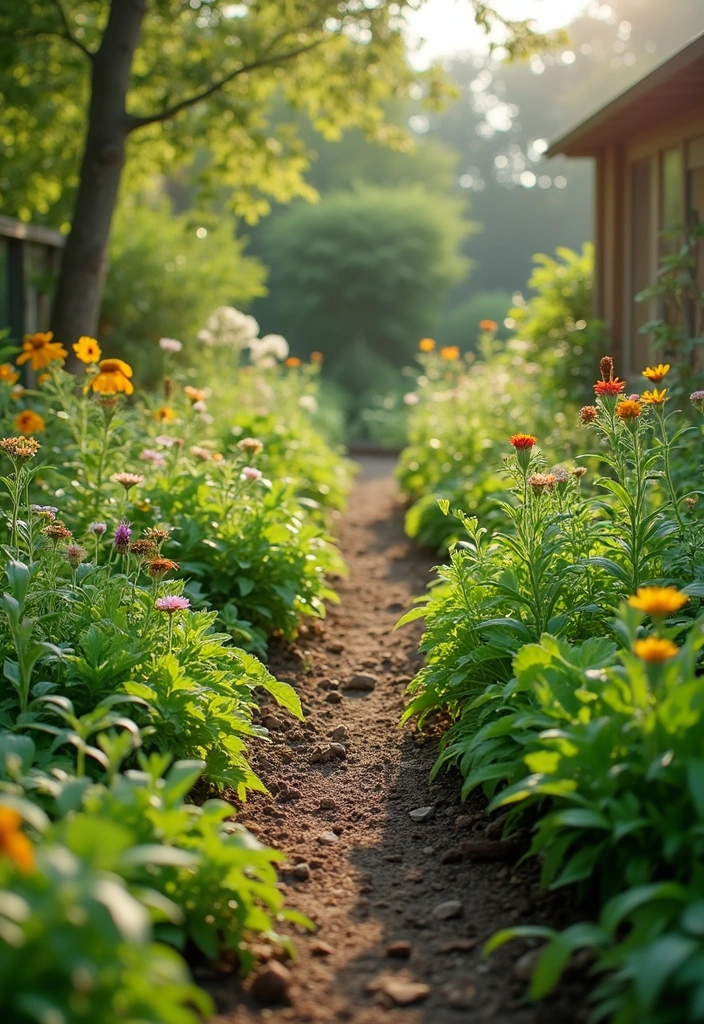
With these urban gardening tips, transforming your small space into a green haven is within your reach. Whether you want fresh herbs, vibrant flowers, or a peaceful retreat, every inch can be utilized creatively.
Start small, experiment, and watch your gardening skills grow alongside your plants. Remember, with a little patience and care, anyone can become a green thumb in the city!
Frequently Asked Questions
What types of plants are best for urban gardening in small spaces?
When it comes to urban gardening in small spaces, choosing the right plants is crucial! Opt for compact varieties that thrive in limited light and space. Herbs like basil, mint, and parsley are not only ideal due to their size but also because they can enhance your cooking. You might also consider small vegetables like cherry tomatoes and peppers that do well in containers and require less space.
How can I effectively use vertical gardening techniques?
Vertical gardening is a fantastic way to maximize your limited space! By using wall planters, tiered plant stands, or hanging pots, you can grow plants upwards instead of outwards. This method not only saves space but also adds visual interest to your garden. Consider training climbing plants like peas or cucumbers to grow vertically for an even more productive garden!
What are the best practices for watering plants in small urban gardens?
Watering can be tricky in small spaces where drainage issues may arise. To avoid overwatering, it’s essential to understand the specific needs of each plant. Make sure your containers have proper drainage, and consider using self-watering pots to help maintain consistent moisture levels. Always check the soil before watering; if the top inch feels dry, it’s time to give your plants a drink!
How do I create a microclimate for my urban garden?
Creating a microclimate can be a game-changer for your urban garden! A microclimate is a small area that has different environmental conditions compared to its surroundings. You can enhance this by placing your garden near a wall that absorbs heat or using reflective surfaces to maximize sunlight. Additionally, grouping plants together can create a more humid environment, benefiting those that thrive in such conditions.
Why should I join a gardening community for urban gardening?
Joining a gardening community can provide invaluable support and inspiration! These communities allow you to connect with fellow urban gardeners who share tips, resources, and experiences. You’ll also gain access to local gardening events and workshops that can enhance your skills. Plus, exchanging seeds or plants with other gardeners can diversify your garden and make the experience even more enjoyable!
Related Topics
urban gardening
small space gardening
container gardening
vertical gardening
beginner tips
seasonal planting
microclimates
companion planting
easy gardening
water management
community gardening
sustainable practices
